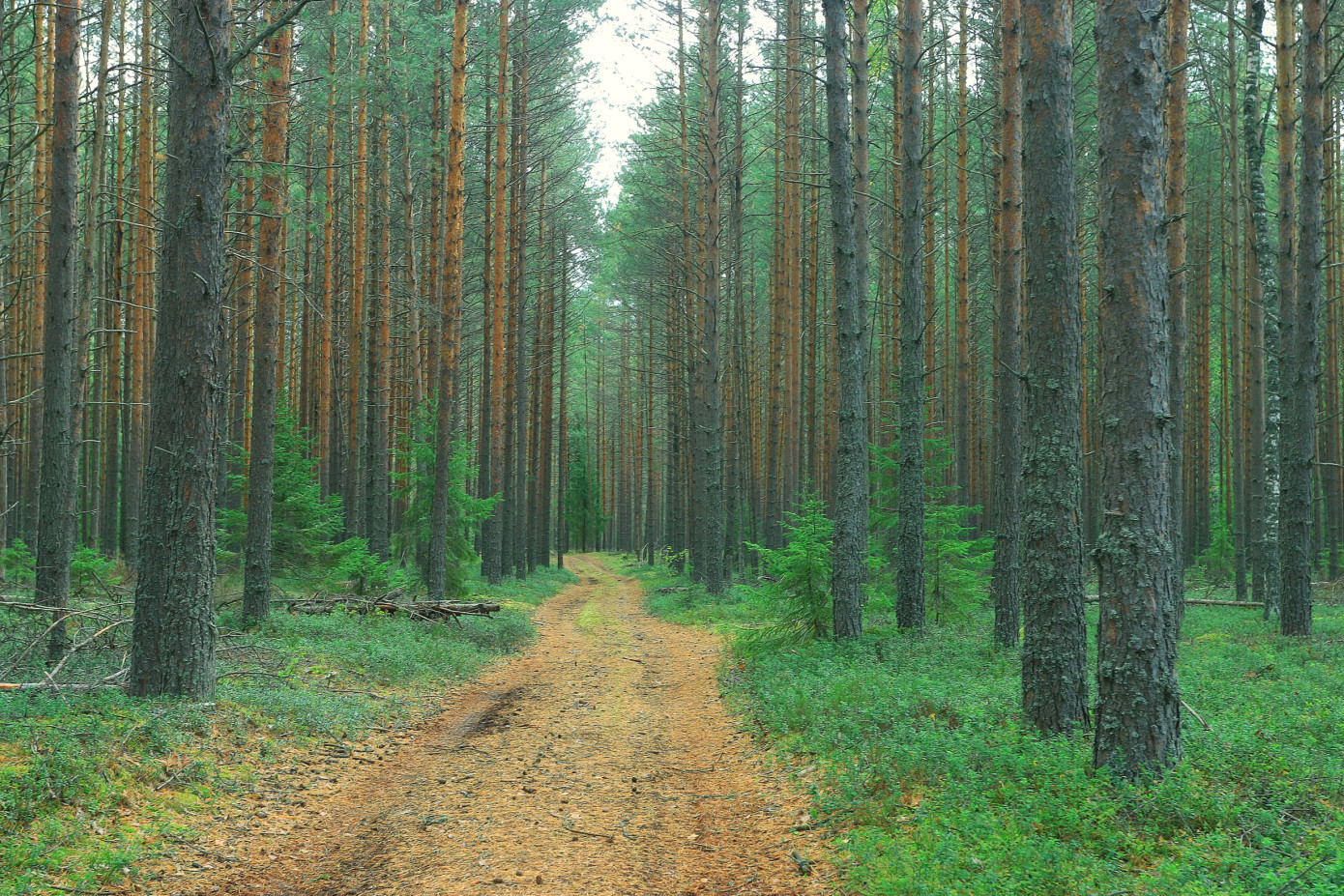The deputy chief forester in British Columbia has established new allowable annual cut (AAC) levels for Tree Farm Licences (TFL) 3 and 23, located near Castlegar.
The new AAC for TFL 3 is 56,100 m3, reflecting a 30% reduction from the previous level but aligns with the average harvest over the past 12 years. This adjustment accounts for lower harvest performance on steep slopes, unstable terrain, increased wildlife-tree retention, and unharvested volume of 100,000 m3. To ensure sustainable forestry, the new determination includes three partitions: up to 33,700 m3 from slopes less than 50%, 7,300 m3 from old forest stands, and 48,800 m3 from non-old forest stands.
Similarly, the AAC for TFL 23 is set at 382,800 m3, a 7% decrease, yet it remains above the 12-year average harvest. Adjustments were made for the removal of the Incomappleux Valley Conservancy area, lower performance on steep slopes, unstable terrain, increased wildlife-tree retention, and unharvested volume of 90,000 m3. The new determination includes partitions of 306,200 m3 from slopes less than 50%, 19,100 m3 from old forest stands, and 363,700 m3 from non-old forest stands.
The Province and First Nations are collaborating with the industry to defer the harvest of at-risk old-growth forests while working on long-term old-growth management strategies in the Kootenay-Boundary Region. Despite some harvesting of old forests outside of deferral areas, these new AAC determinations aim to maintain sustainable forestry practices and prevent overharvesting.
TFL 3 spans 78,091 hectares in the West Kootenays, overlapping the territories of 12 First Nations, all of which were consulted during the timber supply review. Similarly, TFL 23 overlaps with 13 First Nations, all consulted. The deputy chief forester's AAC determinations are independent professional judgments based on technical forestry reports, consultations, public input, and the government’s socio-economic objectives.
Under the Forest Act, the deputy or chief forester must determine the AAC in each of the province's 37 timber supply areas and 34 tree-farm licences at least once every 10 years.
